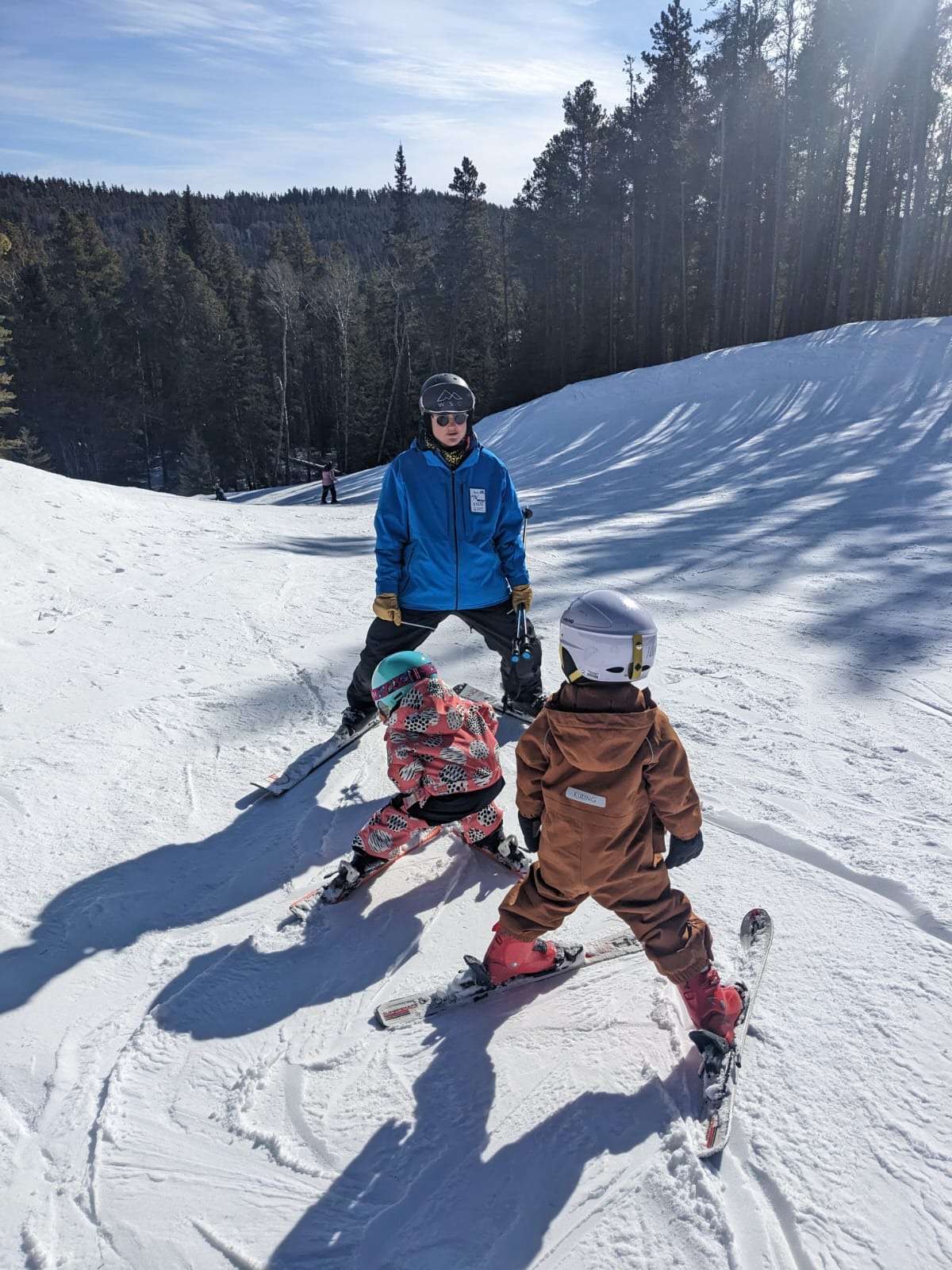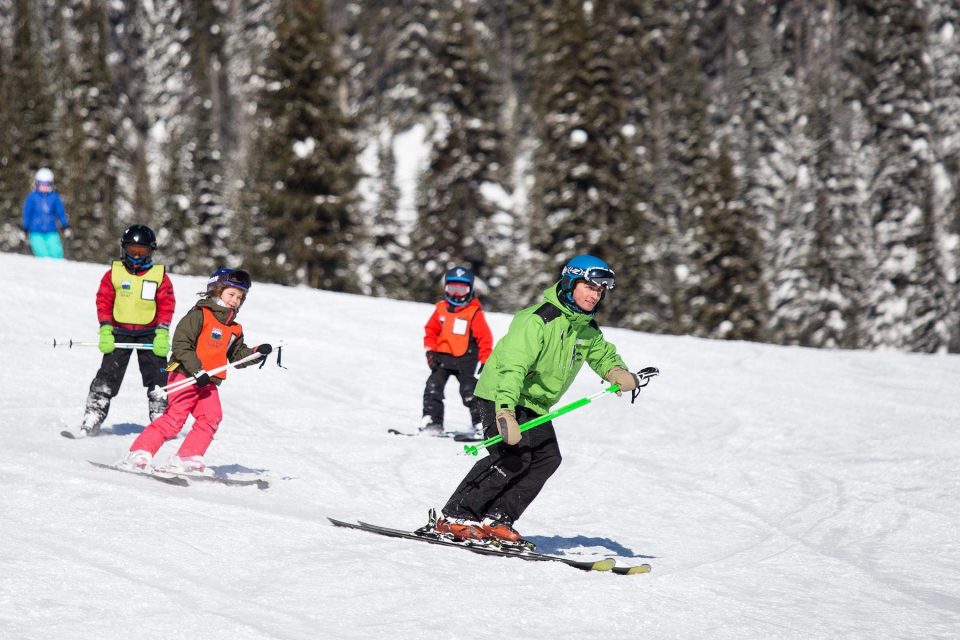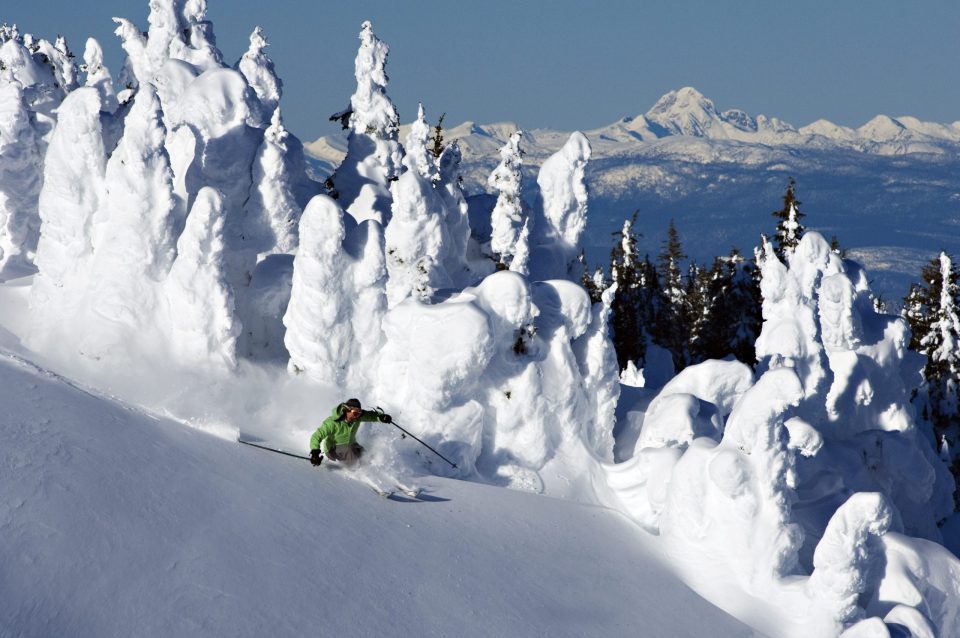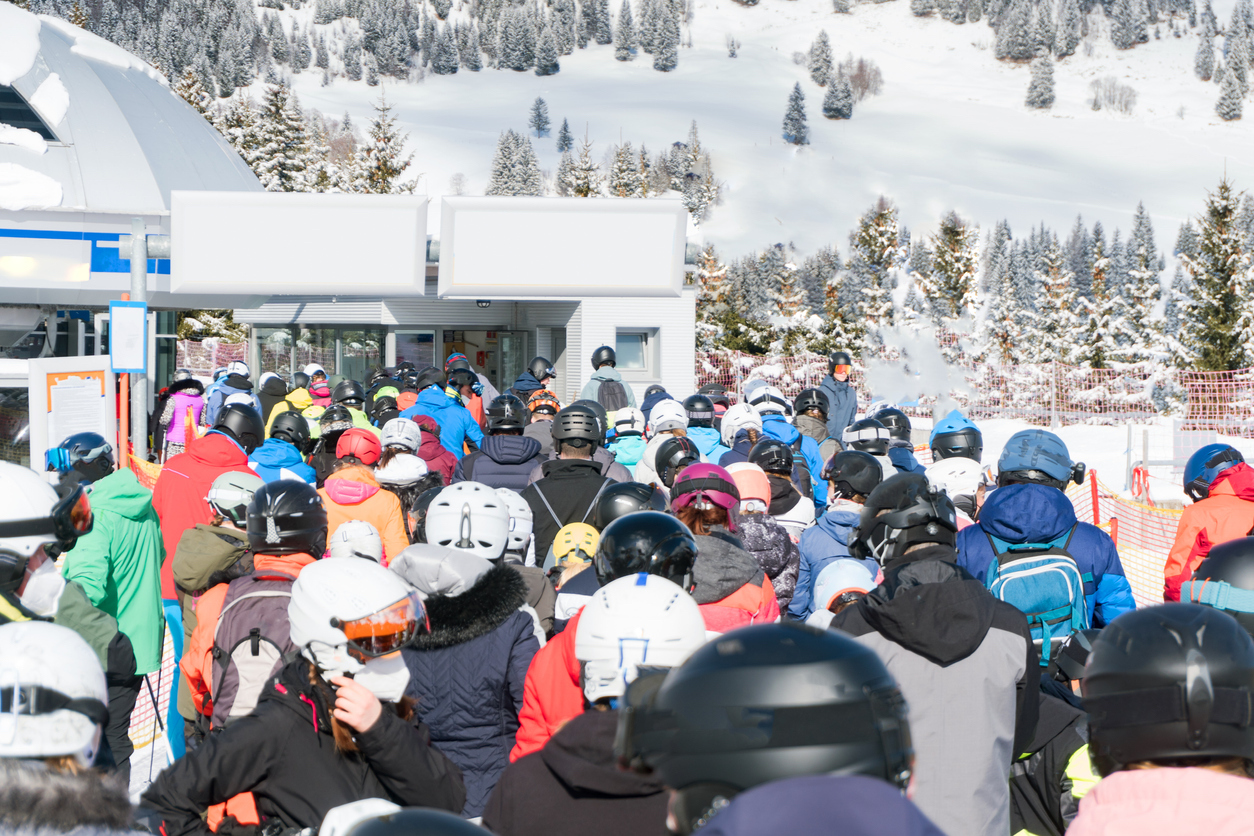Lorem ipsum dolor sit amet, consectetur adipiscing elit. Duis dapibus rutrum vulputate. Mauris sed eros nec est vehicula mattis ac vitae ligula. Maecenas vitae tristique sapien, vitae pellentesque lectus.
How To Ski Moguls: WSC Ski Series

Guide Summary
Being able to tackle moguls effectively will give you access to the whole mountain and improve your skiing in all conditions, such as chopped powder and even when it’s flat light. Here are my best tips to get you skiing moguls better.
What Are Moguls?
As skiers travel down a run, snow is pushed off in different directions as the ski turns. When several skiers travel on a similar path, snow accumulates in large quantities in the same spot, eventually forming a bump. Over a few days and weeks, you’ll end up with a well-formed mogul run.
Mogul skiing is one of my favourite types of skiing; it’s fast, reactive and challenges all aspects of good ski technique. I can understand why most skiers dread finding themselves at the top of a mogul run, but they can be great fun when you get the hang of it, so I’m going to give you some simple tips and tricks to help you navigate your way down the next mogul run. Interested in one of our courses? We’d love to hear from you – Get in Touch

How To Ski Moguls – My Best Tips
- Stay In Suspension – imagine a car or bike with no suspension, not a smooth ride. You must keep your body in suspension to navigate bumps effectively. To do this, maintain some ankle, knee and hip flexion. This allows your body to absorb the bump and keep you balanced as you pass over it. Allow your lower body to bend as make contact with a bump so you’re able to absorb it and keep the skis on the snow.
- Narrower Stance – Your feet don’t need to be glued together, but if your feet are too wide you’ll find it difficult to stay balanced in bumps. Imagine a small box with the goal of keeping your feet in the box while you ski. By keeping your feet closer together, your skis will pass over a bump at the same point, making it easier to absorb. If you have a wide stance, your skis will pass over a bump at different points and pressure will be inconsistent, making it much harder to absorb effectively.
- Pole Plant – A strong pole plant on top of each bump as you ski down. This stabilises your upper body and gives you greater access to quick lower-body movement and leg turning. Strong leg turning is important to manage change in direction and control speed in the bumps.
Other Ways To Ski Moguls
- Use The Side Of The Bump – Imagine the wall of a bobsleigh track; the bobsleigh turns as it climbs the wall and straightens when the wall disappears. The side of a bump is the same, and you can use it to help you turn. Instead of always trying to turn on top of a bump or ski around it, place your skis and feet onto the side of a bump and let the bump turn you. It’s a different approach but adds another tool to your box of tricks.
- Tips Down – When you get on top of a bump and begin to move over it, think about getting the tip of the ski down first. This makes sure the ski stays in contact with the snow when you pass over a bump and allows you to move smoothly from one to the next. The sooner you can regain snow contact the sooner you’ll regain grip and be able to manage your direction intothe next bump. Remember to maintain good shin contact with your boot
- Recovery and Mindset – Not every turn will be perfect in this terrain. Focus on a few key fundamentals like those mentioned above and go for It!. The best bump skiers I know are also incredibly good at recovery and are able to make a mistake and not let it ruin the run. You’ll come to learn how to move and how the ski responds depending on which part of the bump you find yourself on.
How To Ski Steep Moguls
- When It Gets Steep, Use The Bump – When a mogul run gets steep, don’t try to avoid the bumps. The top of a bump is the flattest part of the run and allows for a strong change in direction. A strong direction change will help you manage speed on a steeper run. When you stand at the top, your goal is to try and reach the top of as many bumps as possible before you reach the bottom. The bumps are your friend in the steeps, not your enemy.
Skiing Moguls For The First Time
My advice is to start small and build from there. Don’t try to learn these new moves on the steepest bump run you can find. Moguls are challenging and require lots of practice, but even as a level 4 instructor , these are still some simple cues I think about when skiing a bump run. You can even use some of the natural terrain features found on the side of a ski run, for example. Natural ridge lines often form to the side of the piste, which replicate a small bump; use these for practice.
Check out the beginner area! It might seem daft, but many beginner areas have lots of terrain enhanced learning. Small rollers and bumps are a common feature and can be used to get you started and familiar with using the right moves before progressing to more challenging slopes.
We’re excited to deliver excellent mogul training on our advanced instructor courses. If you’re looking to improve your skiing but aren’t interested in becoming an instructor, check out our all-mountain program course


































